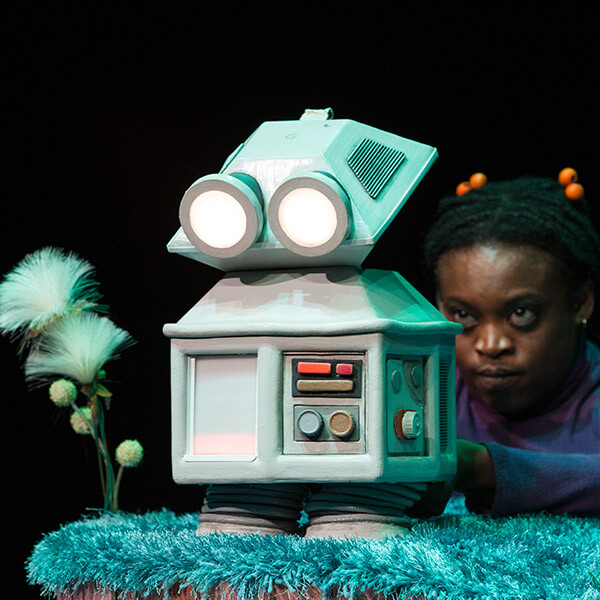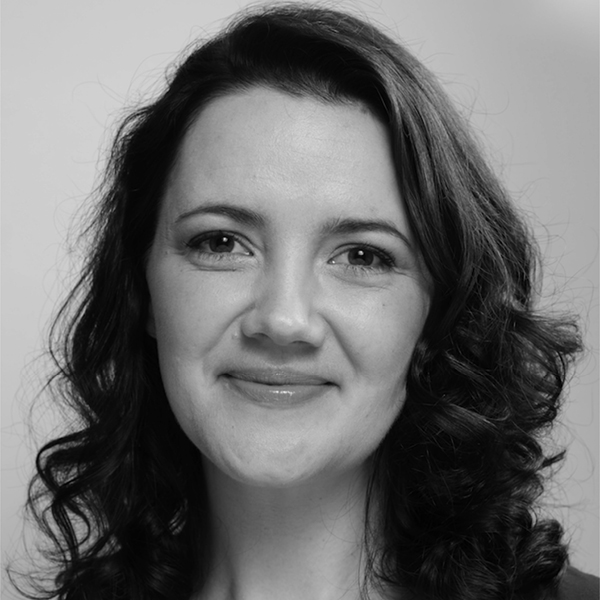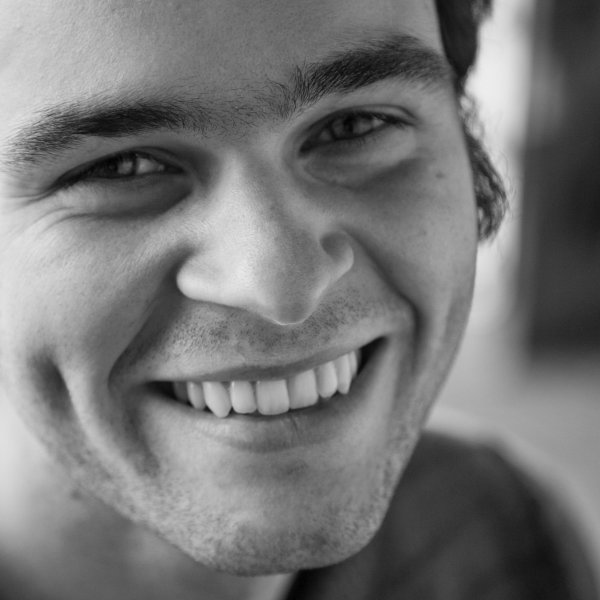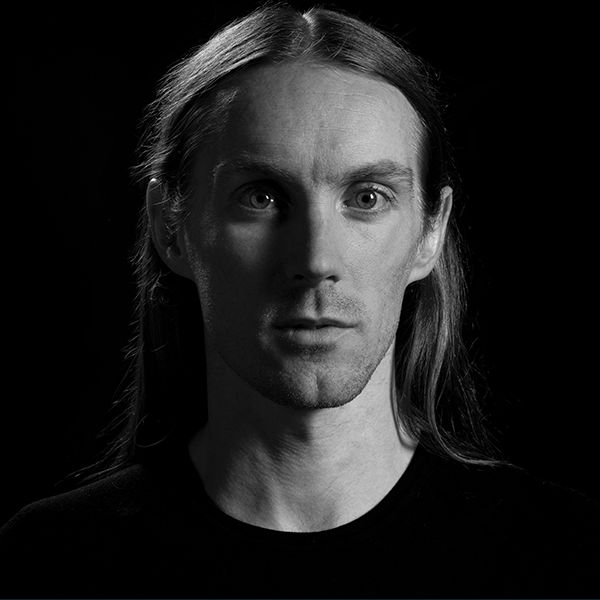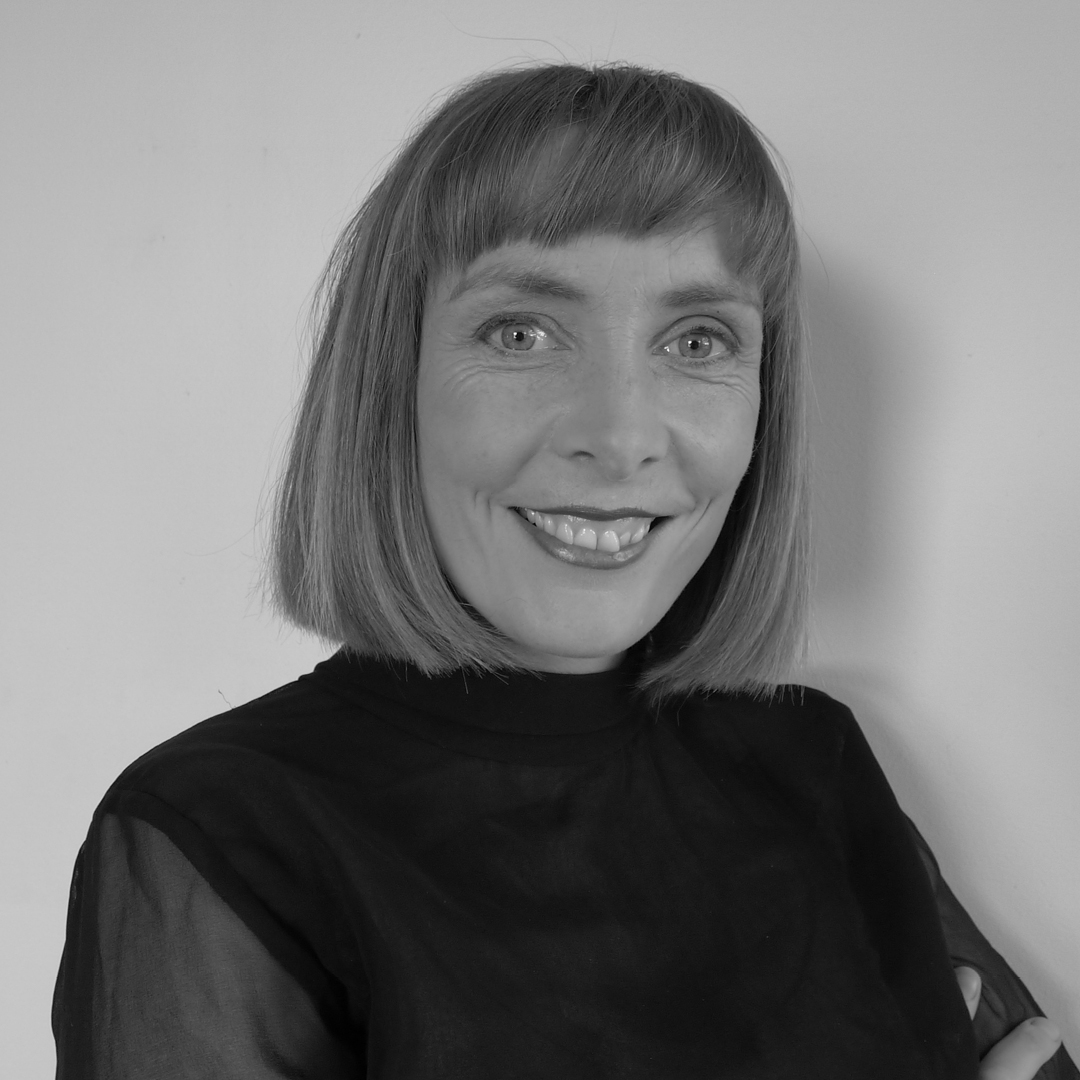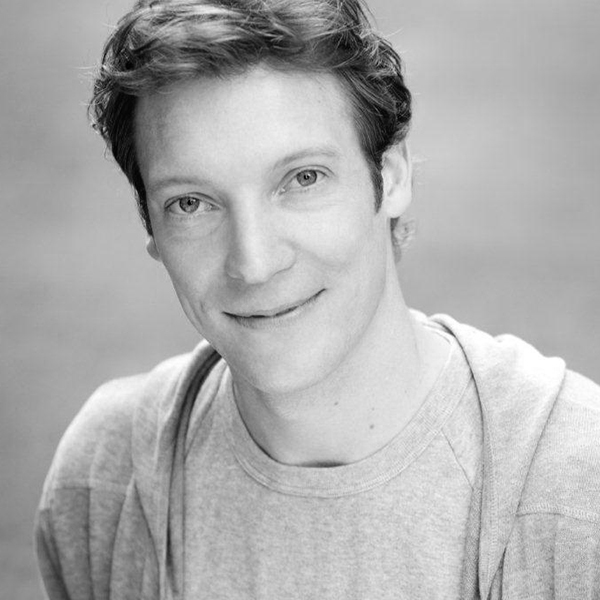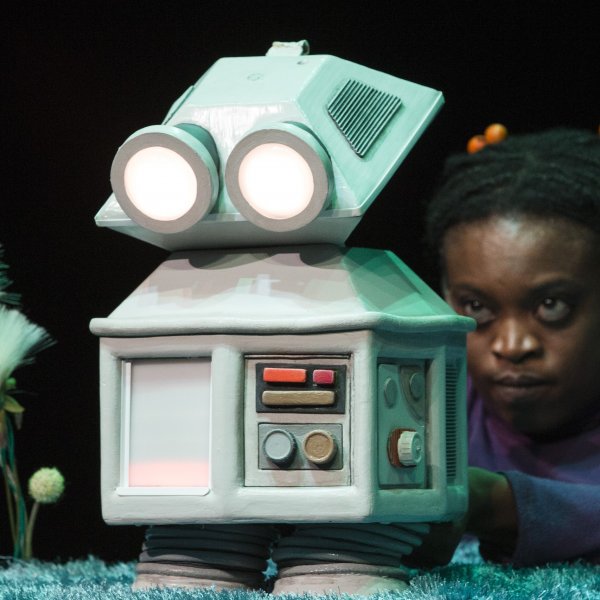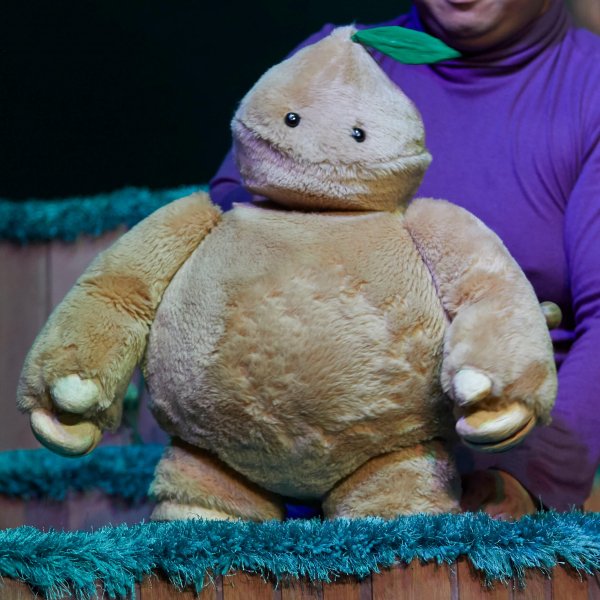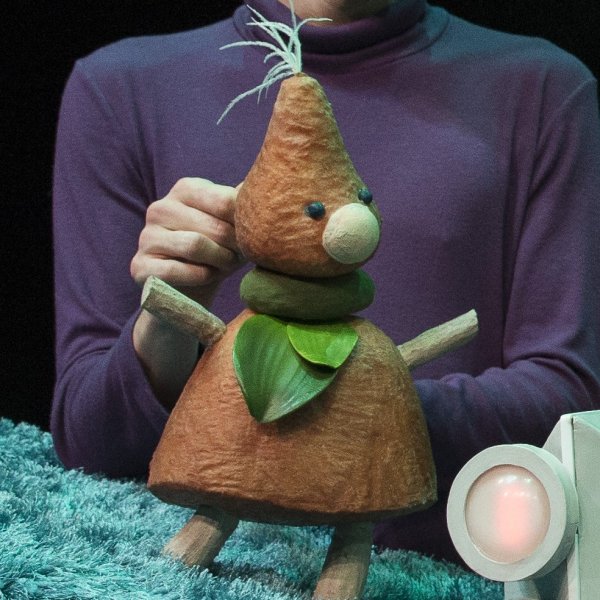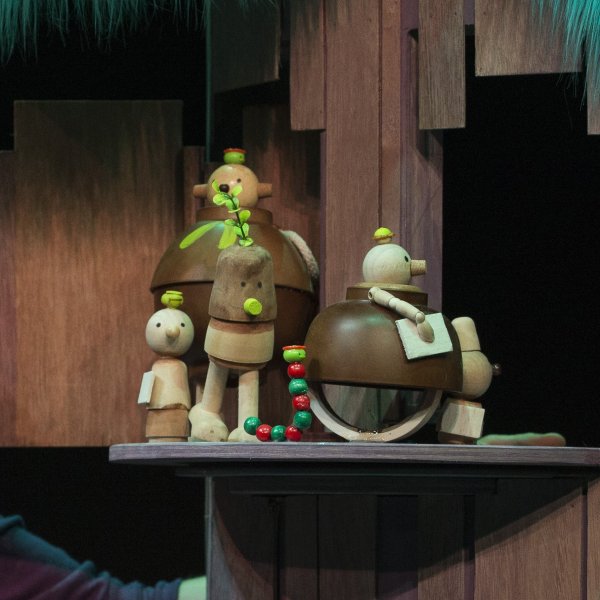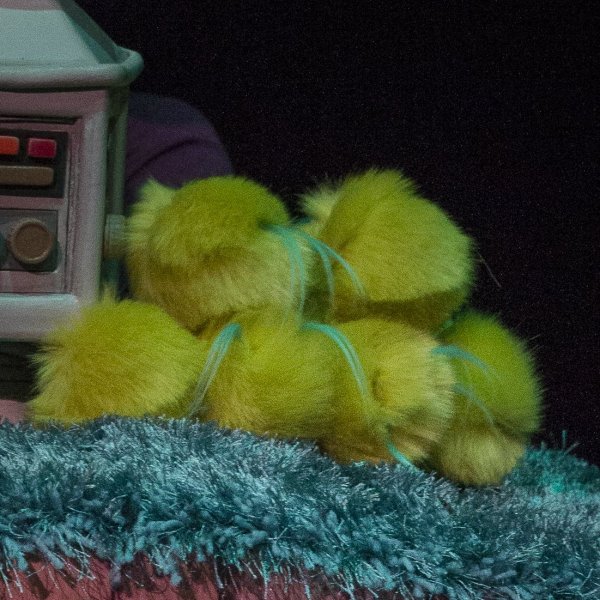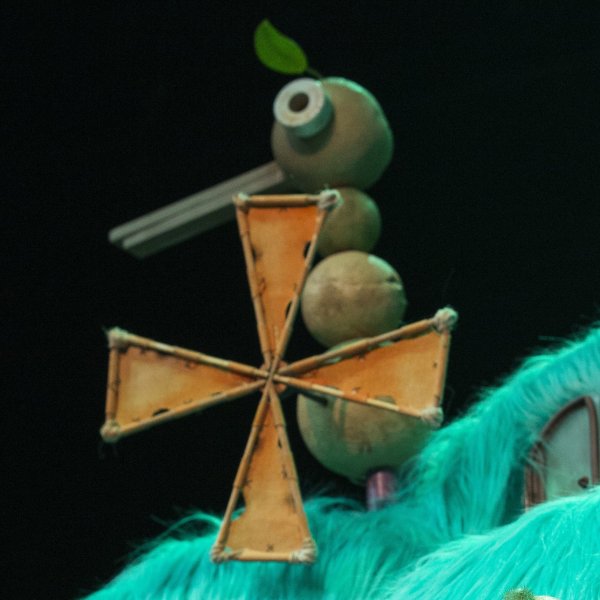Background Information
Rust is a chemical process that combines iron (Fe) and oxygen (O) to form iron oxide. The chemical formula is: 4Fe + 3O2 = 2Fe2O3.
During this reaction, the iron atoms are passing electrons to the oxygen atoms, a transfer that is called oxidation. In the process, the atoms are bound together.
Experiment one
Place a sample of the objects listed below in a container of water and check them every few days. Leave the rest of the objects nearby or in a similar dry container to compare what happens. See which objects start to show signs of rust and which do not. Let your students touch and smell the objects that have rusted. Do they feel different? Do they smell? Do they look different?
Paper clips, small bolts, metal washers and any other small metal objects to check for rusting (let the children brainstorm and gather samples as appropriate).
Include some items that won’t rust such as pennies, brass and plastic items.
Experiment two
Materials
- fine steel wool
- water
- white vinegar
- table salt
- teaspoon measure
- millilitre measure
- tea bags, hot water and container for making tea
- tape and marker for labels
- 5 beakers or similar containers
- paper and pen or pencil to record results
Procedure
Ask the following questions: Can iron rust in dry air, or is water needed? Does salt affect how materials rust? Do the salty roads in winter or salt spray from the sea make cars rust faster? Why do we paint things like bridges?
Notes
Don’t use the coarse steel wool that you would use for scrubbing dishes – it is made of stainless steel and is therefore rust-resistant.
The tea isn’t central to the question, but does react quickly, which may engage your students more effectively. The experiment
will work without tea, if you wish.
Prepare the tea by soaking one or two tea bags in hot water in a container such as a tea mug for about three minutes. Stir briskly
and discard tea bags.
Make saltwater by adding 2 teaspoons of salt per 230ml of water and stirring.
Label the 5 containers:
- water
- saltwater
- vinegar
- tea
- air
Pour roughly 120 ml of water into the first container. Add 120 ml of saltwater to the second container. Add 120ml of white vinegar to the third container and 120ml of
tea to the fourth. Leave the 5th container dry.
Break off marble-sized balls of steel wool and roll into 5 small balls. Use the same amount for each container. Drop the steel
wool into each container.
Check what is happening after 15 minutes. The tea probably has started to darken. The steel wool will have turned black.
Record your results after 24 hours.
Record your results again after 48
hours.
What has changed?
What is happening?
The tannins in the tea are reacting with the iron and rust in the steel wool to make iron tannate. Iron tannate is very stable and people are investigating its use to prevent
metals from rusting.
The tea will turn black with a concentration of iron tannates.
The water and the saltwater will turn brown and the steel wool will begin to rust.
The vinegar will still be clear and the steel wool shouldn’t show any rust. One reason for this might be that the vinegar has been in
a closed jar and might not have much oxygen in it.
The dry steel wool will not rust either. Even though the chemical equation shows that only iron and oxygen are needed, the chemical process actually needs some water or another catalyst to be present to get the reaction going.
Warning:
There are some experiments online that guarantee “fast rust.” They require mixing bleach and vinegar, which is not a good idea! The reaction releases chlorine gas, which, in small amounts, reacts immediately with the iron to give iron chloride, which looks like rust. If you add too much, however, toxic chlorine gas could be released.
